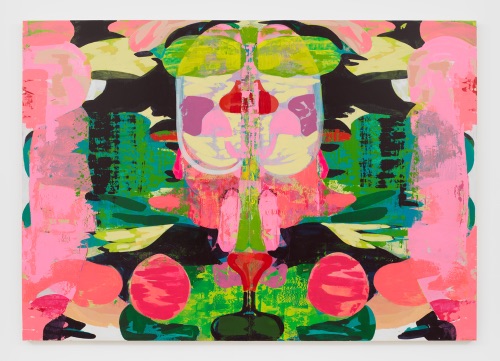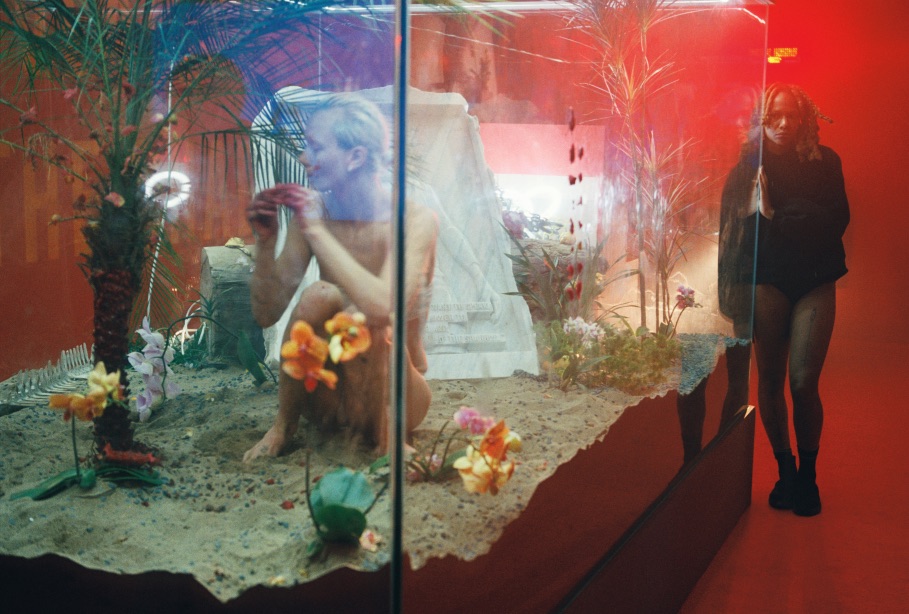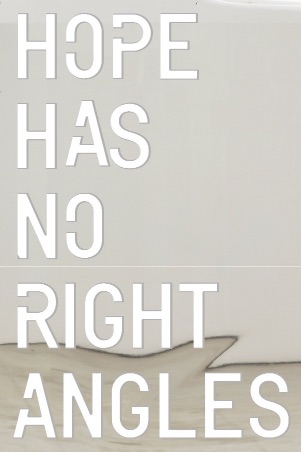In response to the cancellation of the 50th anniversary of Art Basel’s Swiss edition due to the coronavirus pandemic, the world’s largest art fair, usually staged tri-annually in Basel, Miami Beach and Hong Kong, has launched an online viewing room. Following the success of its first one in March – a virtual iteration of the Hong Kong fair – the platform will feature a lineup of 282 galleries from 35 countries and territories across Europe, North and South America, Asia, the Middle East, and Africa, and include everything from talks and curator tours to events staged by galleries.
With social-distancing measures forcing thousands of global galleries to shutter their doors, the art world, which relies on in-real-life connections and bringing people together, has been forced to fast-track to digital platforms, replicating an entire experience online, from the VIP preview to the booth presentations. The last online viewing room attracted more than 250,000 visitors, more than triple the number of attendees to Art Basel Hong Kong.
From 19 June 19 to 26 June, more than 4,000 works that span the Modern to postwar and contemporary will be showcased on the Art Basel website, including everything from painting, sculpture, drawings, installation, and photography, to video and digital works. A VIP preview launched on Wednesday, with dealers reporting a number of large sales already. Hauser & Wirth sold several works by black artists including Los Angeles-born Mark Bradford’s The Press of Democracy for $5 million, and a 1972 piece by Ed Clark, one of the pioneers of abstract painting, for $1.2 million. ARTnews wrote that David Zwirner had sold 10 of the 15 works it had on offer.
There will be presentations that reflect on the impacts of the pandemic, such as Jack Shainman Gallery’s Reach out and touch me, which shows works that highlight the power of physical intimacy in a time of isolation. Others explore the abiding role of nature with works by the late Pakistani artist Anwar Jalal Shemza and Singaporean sculpture and photographer Simryn Gill in Jhaveri Contemporary room.
Important themes of politics, racial equality and justice will also be addressed in various presentations, including the work of Deana Lawson who explores black diasporic life and Tseng Kwong Chi, whose photographs explore race, gender, and personal identity through portraiture.
A painting by Arjan Martins presented by gallery A Gentil Carioca depicts the young João Pedro, who was shot by the Brazilian police in 2020, and addresses issues around violence and exploitation in Brazil today. Similarly, a bold painting by Brazilian artist Marcela Cantuária shows feminist demonstrations and the protests of indigenous people in the country. Bolivian artist Andres Pereira Paz’s installation Radio Carabuco, engages on how the West’s brutal imposition of its culture on his home country has altered the ways its original inhabitants relate to themselves and to their land. Distinctly relevant works made in 2020, like that of American conceptual artist Glenn Ligon will also be featured, such as his neon-light installation Nov. 4, 2020, the day of the American election and the moment Donald Trump is either re-elected or replaced by a Democrat.
Aside from the viewing rooms, there will be a series of events that will include studio visits and conversations with artists such as Harlem-based interdisciplinary artist Sanford Biggers. He will discuss his upcoming show at Marianne Boesky Gallery, and the meanings, messages, and consequences of his artwork in today’s society, both in light of the current protests in the US over the ongoing struggles for equality and justice in the face of police brutality and state-sanctioned violence against Black Americans. On a similar trajectory, filmmaker John Akomfrah will talk about the structures of protest and his 1986 film Handsworth Songs.
Art Basel’s Online Viewing Rooms run from 19 to 26 June 2020; artbasel.com/viewing-rooms
Editor
Emma RussellCredit
Lead Image: Courtesy of Toyin Ojih Odutola and Jack Shainman








